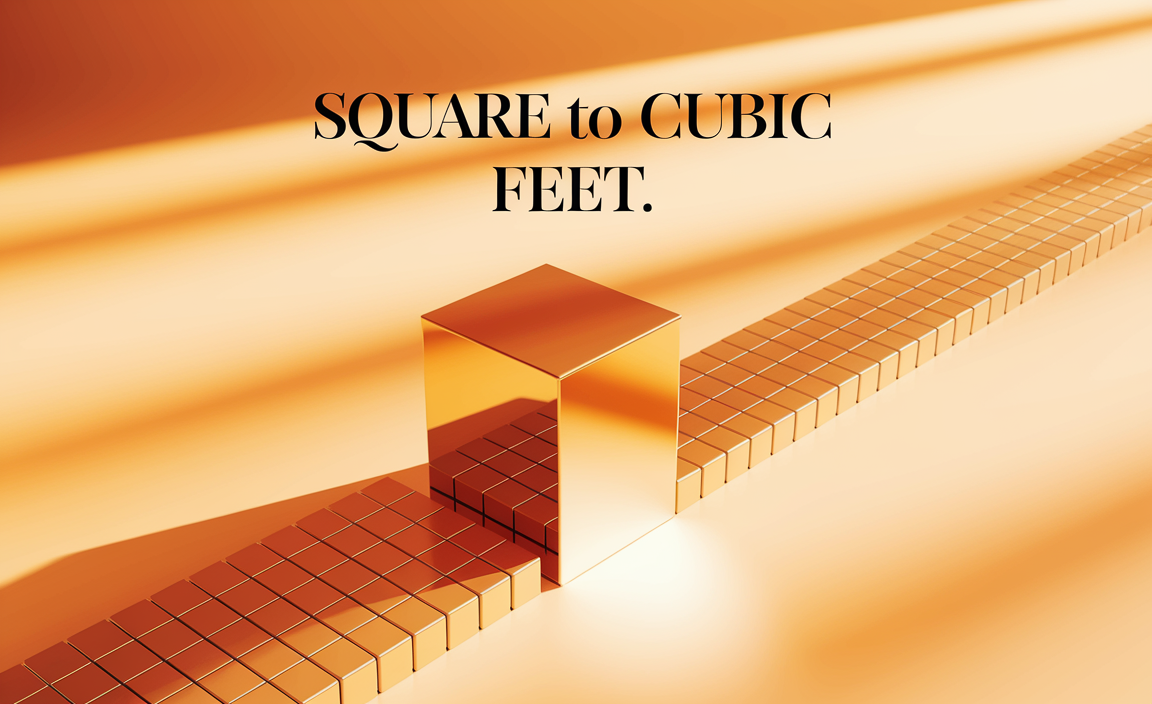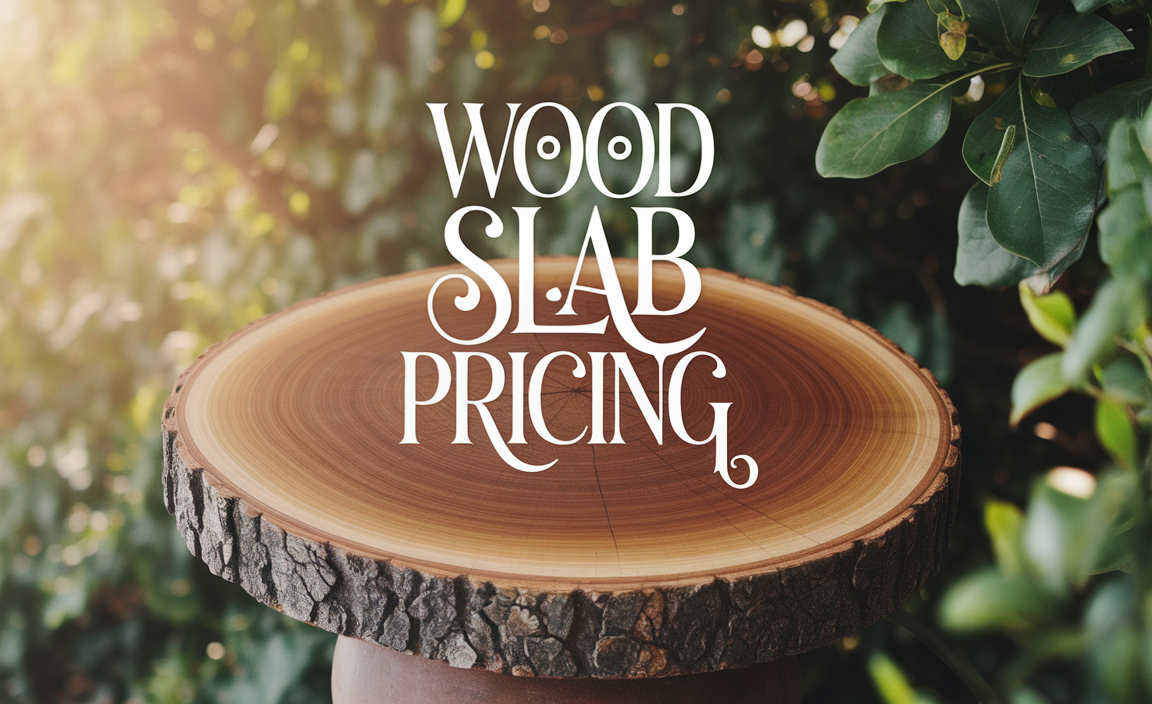Rather than demolishing and replacing a worn-out concrete driveway, isn’t it more viable to resurface it? Excavating an existing concrete surface and rebuilding it can be a more expensive and time-consuming project.

Whether a beginner or a pro, anyone can resurface a concrete slab. Bring back the brand-new look of your concrete patio, porch, wall, steps, or driveway by following the steps discussed in this content. Let’s see how you can do that.
Table of Contents
Concrete Resurfacing Before and

After

Concrete Resurfacing Options
- Stained with stamped cobblestone
- Stamped Ashlar Slate
- Topically applied color
- Stenciled or hand-carved designs
- Epoxy coatings along with color flakes or metallic pigments
- Hand-carved flagstone and stamped cobblestone
- River rock coating
- Deck Finishes
Materials and Tools Required for Concrete Resurfacing
- Concrete Resurfacer
- Water
- Concrete Bonding Adhesive (optional)
- Hammer
- Grinder
- Power washer (3500 psi)
- Trowels
- Blow Drier
- Rubbing Stone (optional)
- Spray Hooper (optional)
- Phosphoric acid (optional)
- Brush
- Knee pads
- Gloves
- Safety Glasses
- Shovel
- Tape measure
- Broom
- Hose (optional)
- Large Bucket
- Duct Tape
- Concrete Sealer
How to Resurface Concrete Walkway
Step 1: Remove all the loose materials
To resurface a damaged sidewalk, first, you need to get rid of all the lousy concrete. For that, you can use a grinder and give the Surface little grinding. Cleaning is necessary because you cannot repair something loose; you need a solid surface. You can use any hand-operated tools instead. But a grinder makes the task easier.
But don’t forget to tap the surface lightly with a hammer before grinding. Tapping will make the loose concrete come out first, and then you can vacuum. Evaluate again and again if there is any need for further grinding, chipping, or hammering.


Step 2: Power Wash the Walkway
Next, you need to rinse the floor well to remove any left behind loose dust or debris. Also, resurfacing requires proper preparation of the surface. To get a strong bonding in resurfacing, the concrete surface needs to be damp and moist. Otherwise, a dry surface will suck in all the moisture from the resurfacer right away.
But, you don’t need a wet surface or standing water, or puddles on the surface. This process of dampening the surface is called Surface Saturated Dry or SSD. To moisturize and clean the surface, try power washing or spraying water with a hose.

Step 3: Blow-dry the surface
After making the sidewalk damp, blow dry it a little with a blower. Blow-drying will help to remove standing water or puddles in the deeper areas. The area will look patched after all these.

Step 4: Mix the Resurfacer
Follow the instructions given with the product you have purchased. Mix it using the same amount of water as mentioned. You can use a set retarder with it if you have one. Set retarder helps to delay the setting time and give you more time to work; else, the mix will dry within 3-5 mins depending on the temperature.
The mix should have a consistency like a pancake batter. Mixing the whole bag of resurfacer is not a good idea; try mixing it in between pouring different portions of the surface.

Step 5: Pour and Level the Mix on the Surface
Now that you have completed all that preparation staff, you can head to the primary resurfacing process. For that, first, fill the mix of resurfacer on the low or deep spots that are damaged badly.

Step 6: Level the Mix with a hand-trowel
You can use a hand trowel to even out the pour. The layer can be 0-0.5 inches thick. Force in the mix to fill in cracks and pockets well. Don’t make the layer too low, as you don’t need to resurface it again. If it’s high, you can regrind it easily later. If leveling is complete, you can move on to the other areas. Take enough time in this step if you are alone.

Step 7: Feather Out with a Brush
After leveling with a hand trowel, feather out the coat with a brush. Brushing will give a little bit of texture to the patch. The edges of the patch will fill in and smooth out nicely. The resurfacer will dry after 30 minutes, you can move on to the next step after that, or you can wait for the day to pass.

Step 8: Remove High Areas with a Rubbing Stone
After 30 mins or so, the patch will dry out. Then using a rubbing stone, remove high edges, trial marks, burrs, or anything rough. Don’t overdo rubbing; lightly go over it. Rubbing will take only a minute or so but will help to give a professional outcome. Rubbing is optional if you have done a pretty good job with troweling.

Step 9: Wash and Blow-dry the surface Again
Now, wet the surface again to dampen the concrete. Also, this will rinse out the dust resulting from rubbing. Dampening the coat before going for another coat will give you a good result. So, soak it down well. And then, blow-dry with a blower just as you did before.


Step-10: Create Another Coat
Next, if you want to put on another coat, remix the resurfacer. Pour the mix and trowel it as earlier. But remember, the layer should not be very thick as it can crack. 1/16-1/8 inch thickness is suitable. You don’t need to trowel it precisely, as you will broom it next. Just spread out the mix and force in to fill well.


Step 11: Run a Broom over the Surface
Next, you have to run a broom over the coat to remove all the chatter marks. Section the area to run the Broom properly. Brooming will give a lovely texture to the project. You can leave it after finishing this step, or you can add some concrete sealer.

How to Resurface Concrete Patio
Step 1: Grind the Patio floor

Step 2: Acid Etch the Concrete
Acid etching the concrete helps to open the pores. As a result, the overlay will stick well. You can use phosphoric acid or muriatic acid by diluting it in water.

Step 3: Rinse off with a Pressure Washer

Step 4: Mix the Resurfacer

Step 5: Pour and Spread the Mix with a trowel

Step 6: Add Patterns
To get a decorative patio, you can add some patterns while recoating, but this is optional. For that, it’s best to wait for a day to let the first layer dry well. Put tapes to get your desired pattern.

Step 7: Spread the Resurfacer again
Now make the mix again and spread it as before over the tapes. To lay it, you can use a hopper gun and a trowel. It will take an hour and so to cure completely. Then you can remove the tapes.


Step 8: Apply a Sealer
Wait for another day to apply a sealer. Before that, scrape the entire patio to remove any loose particles and blow it. After cleaning correctly, seal the concrete using a roller. You can finish this after putting in another coat of sealer.



How to Resurface Concrete Steps with Pictures
Step 1: Clean the Concrete Stairs

Step 2: Dampen the Concrete

Step 3: Mix the Resurfacer

Step 4: Pour and Spread the Mix with a trowel

Step 5: Feather it to get a smooth texture

How to Resurface Concrete Walls
Step 1: Moisten the wall surface

Step 2: Mix the resurfacer with a thicker consistency

Step 3: Apply and spread the product on the wall using a trowel

How to Resurface Concrete Porch with Pictures
Step 1: Remove all Loose Materials


Step 2: Apply a Concrete Bonding Adhesive with a roller

Step 3: Fill the Pocket Areas First

Step 4: Fill the rest of the porch and spread with a trowel

Step 5: Put another coat the next day

Step 6: Broom the surface

Step 7: Apply Concrete Sealer

How to Resurface Concrete Driveway
Step 1: Prepare the Driveway

Step 2: Control the Joints either with foam or stripping

Step 3: Mix the resurfacer

Step 4: Spread the patch and wait for 72 hours to drive on

Tips for Perfectly Resurfacing the Concrete Surface
- It’s best to have some helping hands
- Invest time and effort in the preparation stage
- Don’t rush the whole process; take your time
- After mixing the product, don’t waste any time
- Add some compatible color agents to create a different look
- Give enough time for the overlay to cure completely
- Use protective equipment like gloves, glasses, and knee pads
- Put multiple coats to get better durability
- Don’t overdo the resurfacing
- Run the Broom accurately and steadily
Frequently Asked Questions (FAQs)
How long do concrete resurfacers last on average?
Ans: With the advanced bonding properties, you can expect a standard resurfaced concrete will last around ten years if you do it properly. However, the durability of the resurfaced concrete depends on the material of the resurfacer and exposure to climate change.
How thick a layer should you make with a resurfacer?
Ans: Resurfacers are designed for thin layers, and ½ inch thickness is standard for resurfacing. You can make a little bit thicker or thinner layer depending on the surface condition.
What is the average cost of concrete resurfacing?
Ans: You will need around $400 daily to resurface 100 sq ft of the concrete floor.
Wrap Up
A single solution is resurfacing for fixing cracks, addressing discoloration, hiding imperfections, and updating durability. This article discussed the steps of resurfacing concrete walkway, driveway, porch, patio, steps, and walls. The prep is most important to get the best outcome from the whole process. As the resurfacers dry out quickly, make sure to work in a crew for the best results. I hope this was helpful!







